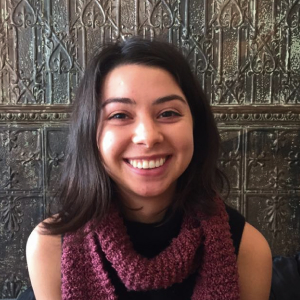Collaboration is in the air
Words by Lorin Camargo • Jul 31 2018
A tale of two Code for-s: Code for Germany and Code for Africa working together to empower their communities
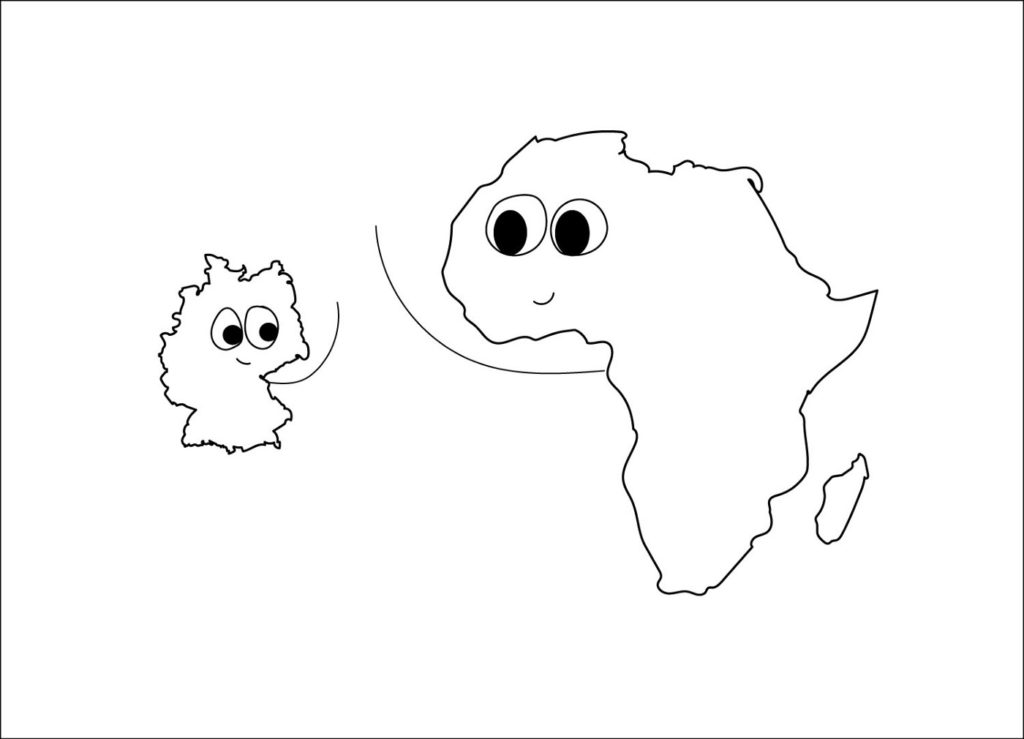
Every time I’m learning something new, one of the first things I do is go to the library. I pick up a cup of tea, find a cozy space, and start browsing the shelves. Everywhere I look, knowledge from people all over the globe comes together so that anyone can learn from the experiences, mistakes, and successes of the past.
For those of us in civic tech (creating technology for the public good),
Code for All is the library that brings together the shared ideas of every civic tech team across the globe. With everything we do being ‘open source’ — meaning all code, designs, and strategy is freely available — we can learn about different experiments going on around the world, and immediately start thinking about how we can adapt them to our own local communities.
Two of our partner organizations, Code for Germany and Code for Africa, recently realized just how beneficial it is to have the Code for All library available to them. Through our shared digital spaces, they were able to learn from each other, remix each other’s work, and bring their experiences back for all other organizations in the network to build on further.
Here’s their story about how collaboration through the Code for All network is creating change across borders and around the world.
Pollution & the air we breathe
Pollution is a problem that affects communities across the globe. Making sure we have good air quality, no matter where we live, helps to improve the health and well-being of every person on the planet.
Meet particulate matter. These are tiny particles in the air that come from pollution sources like motor vehicles, smoking, heating plants and agriculture. When inhaled, these tiny particles can have long-term, harmful effects on humans causing things like thrombosis, Alzheimer’s disease, and decreased life expectancy.
Though we know that particulate matter exists, where it comes from, and how it affects us, there isn’t a whole lot of effective public policy that reduces its quantity in our air. Maybe if we could see what’s in the air around us, and directly measure the impact of our environmental choices, we could start a broader discussion to take action to clean it up.
Enter the Code for-s:
What’s on in Germany
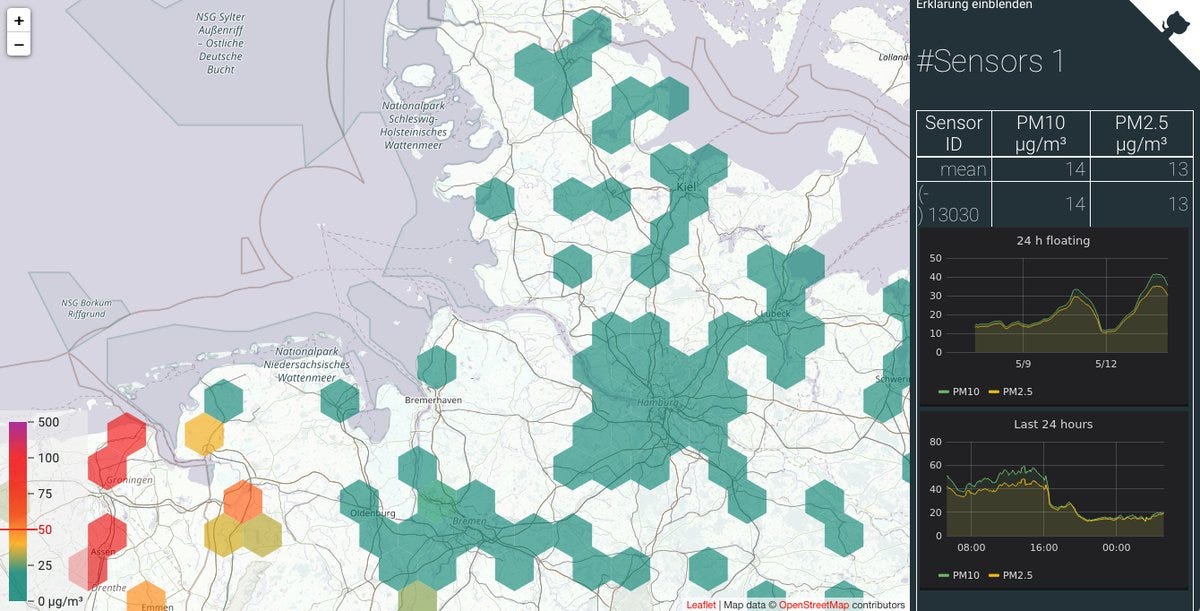
Two years ago, with particulate matter in mind, Jan Lutz and his team at
OK Lab Stuttgart (a branch of Code for Germany) went searching for information on air pollution in the city of Stuttgart.
They decided to do this by looking at air quality data and, knowing the government has measuring stations for collecting this data, they went to local officials as a first step to finding the information they needed.
At first when they asked the government for this data, they were told no. With some persistence, they were able to find it, but the information they were given was both outdated and difficult to interpret.
This is a common problem with government data — most data that is available to the public is formatted in a way that isn’t easy to read or understand. For example, the data might look something like this:
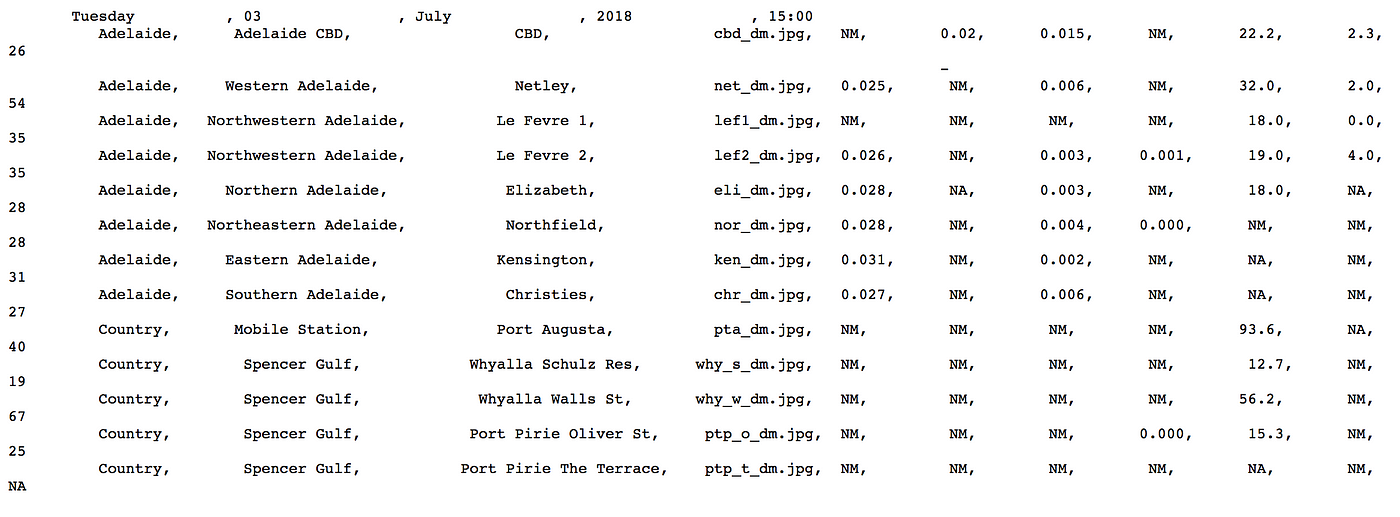
The team at OK Lab Stuttgart believes that every member of the public has a right to understand something as universal and important as the quality of the air we breathe, so they set out to make air quality data something that everyone can easily access and understand.
The idea was this:
- Build a sensor that can be produced at a low-cost — a relatively inexpensive price means the sensor is accessible to a greater number of people.
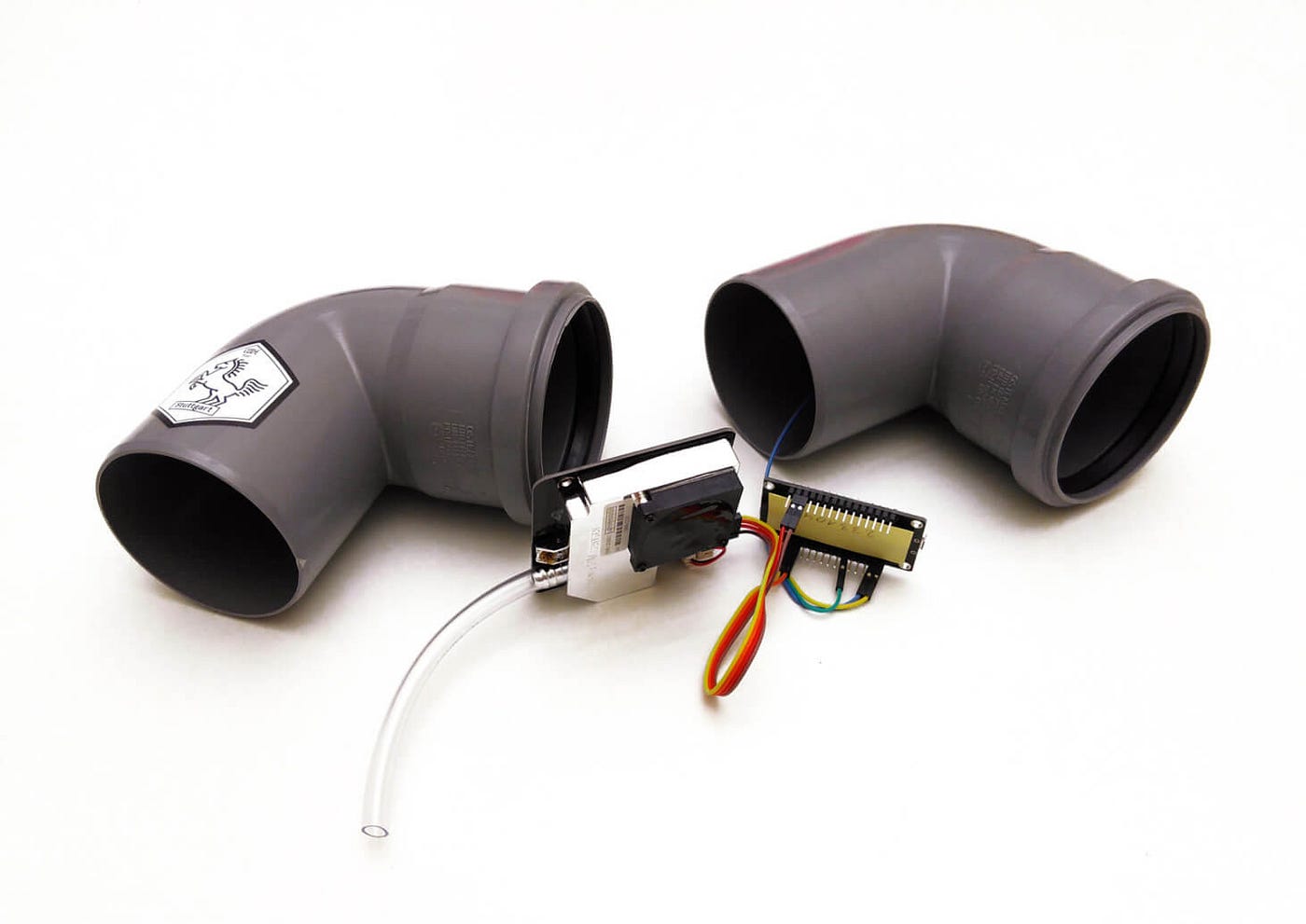
- Make sure the sensor can accurately measure particulate matter (specifically the two main sizes of particulate matter — PM2.5 and PM10).
- Ensure the sensor is easy to assemble, so that anyone who orders one can put it together and start gathering data in a location of their choice (e.g. outside of a house, attached to an office building, within public space).
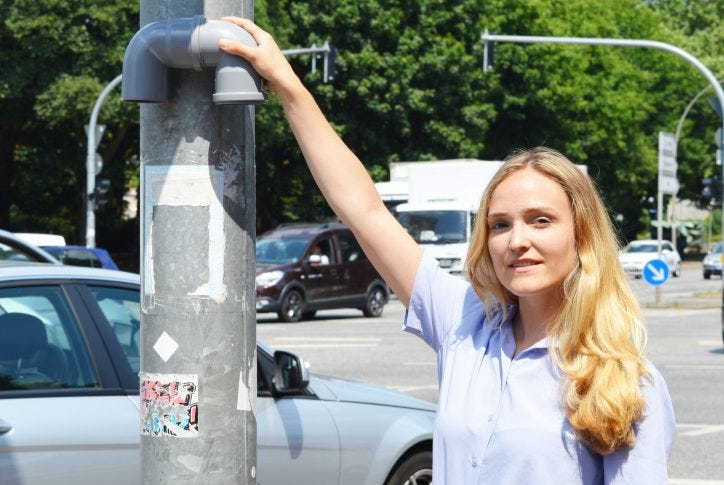
- Create an online place (platform) that is easy to access, where data from the sensors will show up to illustrate the air quality in a way that is easy for anyone to visualize and understand.
In other words, the OK Lab’s plan is to create a network of sensors that will gather data by the people and for the people, to inform a discussion around air pollution in Stuttgart, in Germany, and around the world.
“Currently, there are other organizations that are collecting similar data in Germany,” explains Lukas Mocek from OK Lab Stuttgart. “The difference with us is what we’re doing with the data — we’re putting it into the hands of the community.”
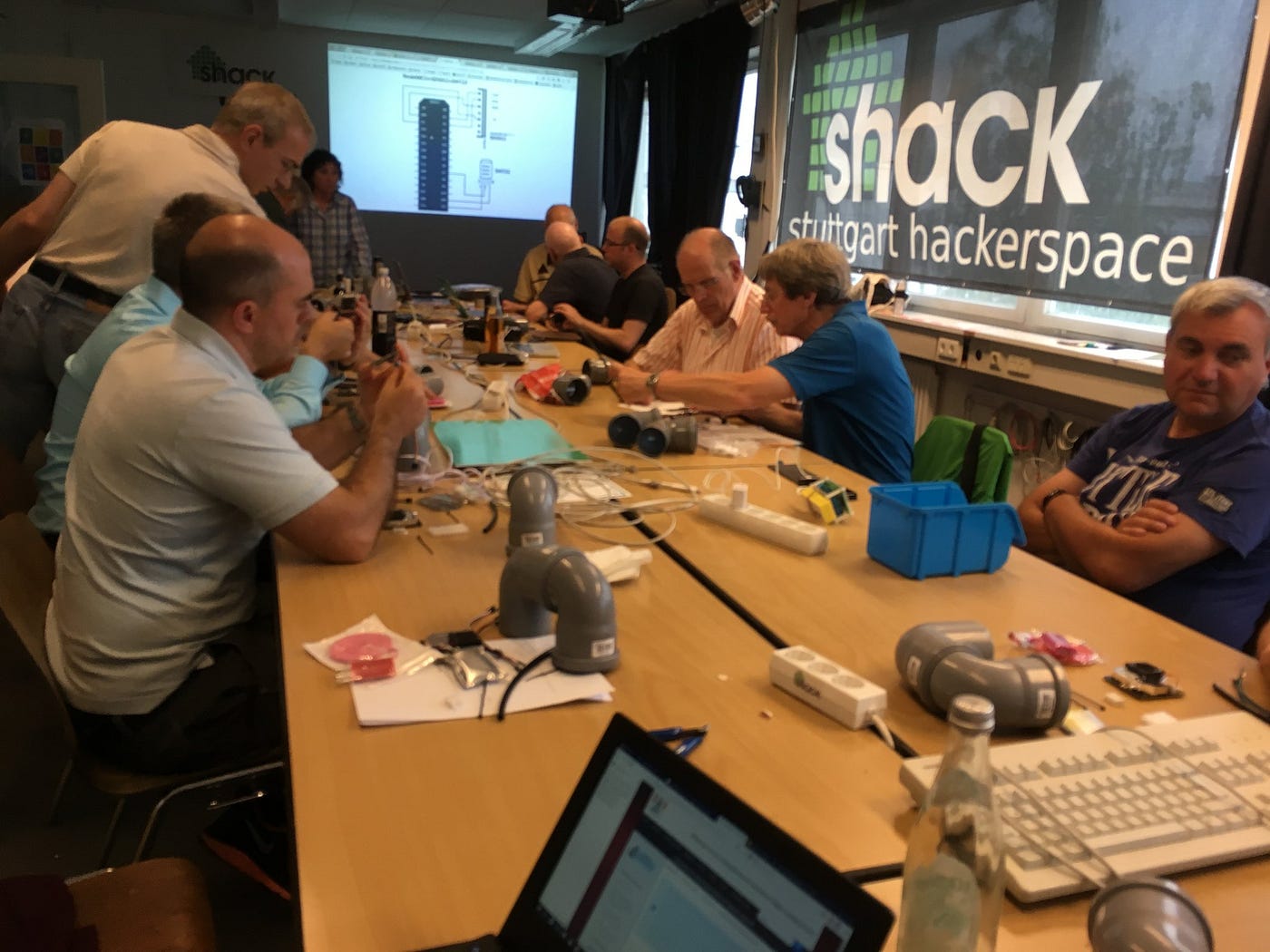
Their initial goal was to deploy 300 sensors city-wide. But by May of 2017, Code for Germany had about 400 sensor kits up and running. Today, just two years later, there are more than 5,500 sensors worldwide.
With these sensors in place to spot pollutants, members from any community can gather data on how much pollution is in the air, and with this data as hard evidence, they can potentially change public policy for the better, or at least start the discussion around it, which could lead to cleaner air for everyone.
Code for Germany + Code for Africa
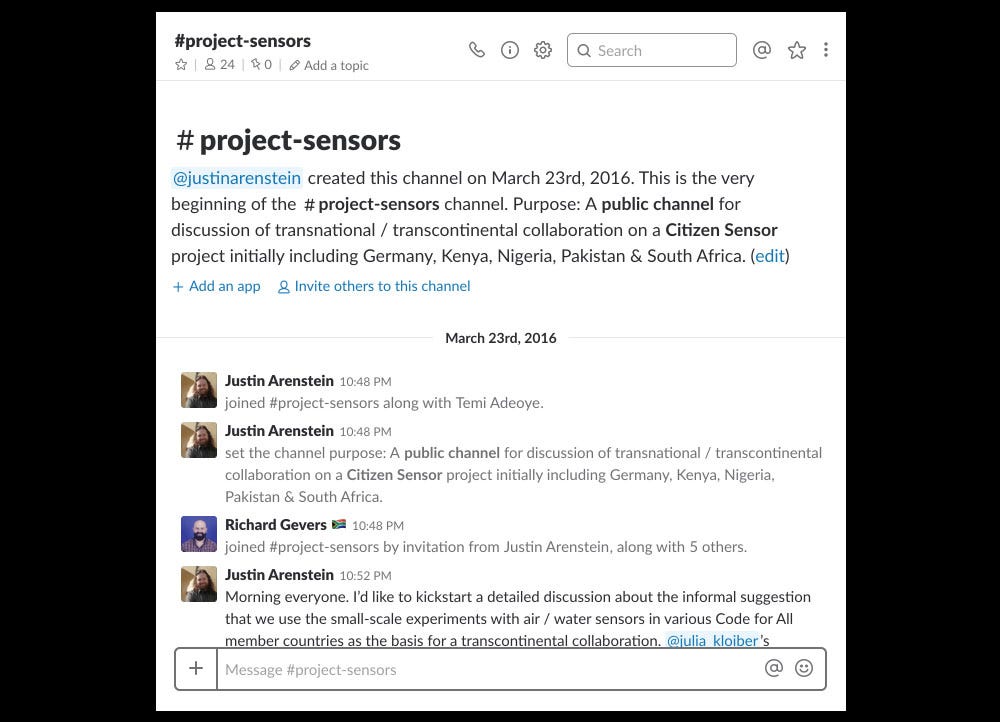
“The biggest thing is that [Code for Germany] gave us the confidence to realize this project was possible,” stated Richard Gevers, founder of
Open Data Durban, one of the partners of Code for Africa.
A little over a year ago, both Code for Africa and Open Data Durban started working on their own air quality projects.
When both groups were at the beginning stage of their efforts, they became aware through the Code for All network that similar work was already being done, and at a successful rate, in Germany. Because of the open source nature of the network, this meant there was lots of experience from other countries to learn from, to help get the ball rolling on these budding projects.
“Having information from them allowed us to hit the ground running — this was faster than tinkering for more and more months, trying to make something custom locally,” stated James Chege from Code for Africa.
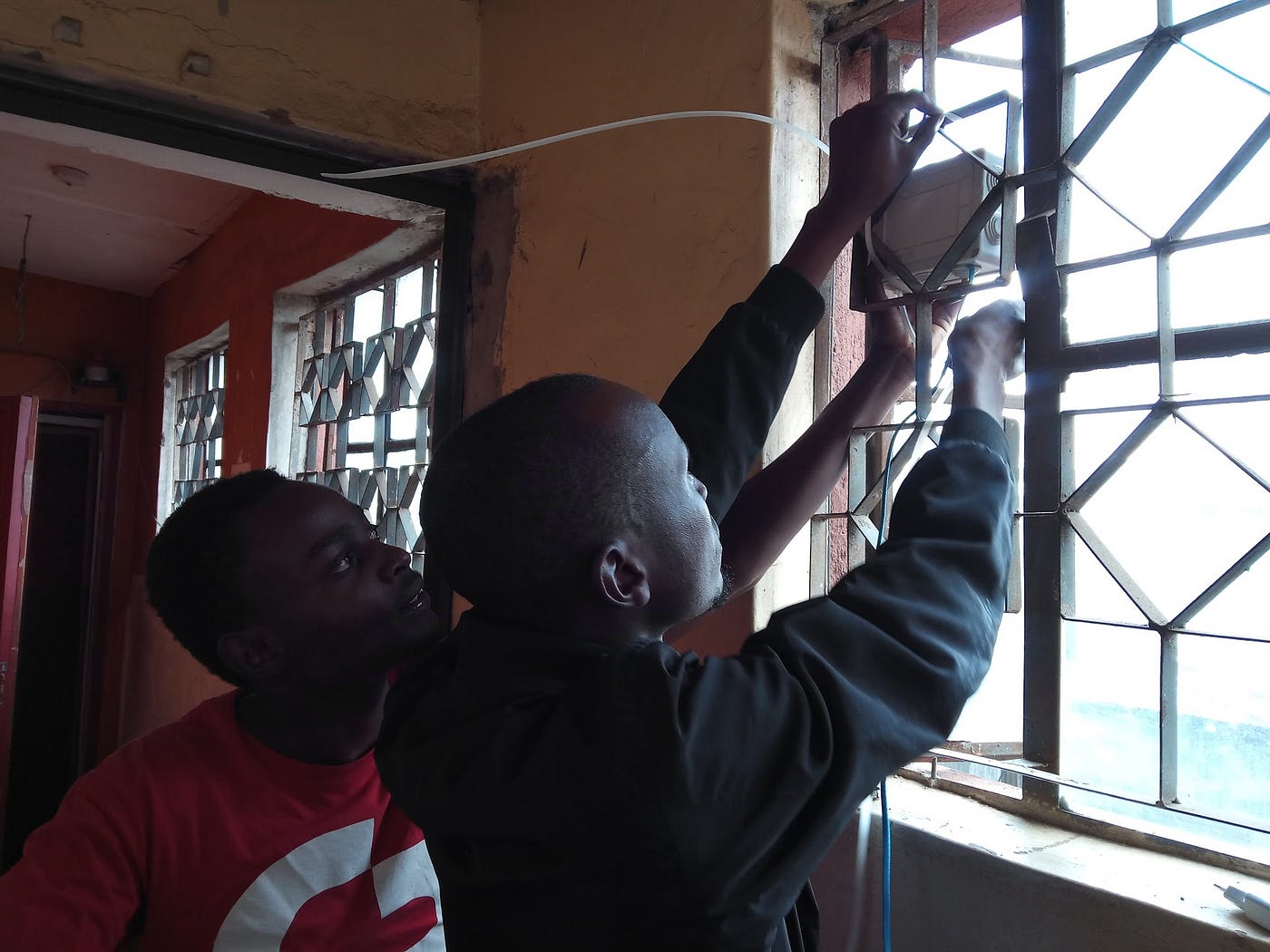
One technical example for how Code for Germany’s work was helpful for the organizations in Africa is that the OK Lab had already produced the hardware (sensor) that was proven to take accurate measurements.
A major obstacle in working with sensors is making sure the device takes accurate readings. According to Chege, most countries in Africa don’t have access to government resources that are needed to test and evaluate sensor hardware. Because of this, it would have been very difficult to design and produce an accurate air quality sensor solely with local resources.
With Code for Germany’s technical documentation open for use, Code for Africa was able to see right away what type of hardware they needed in order to produce a sensor that would work effectively.
“Working with Code for Germany has been really helpful for scaling up — we can learn from them and make improvements upon them,” stated Chege.
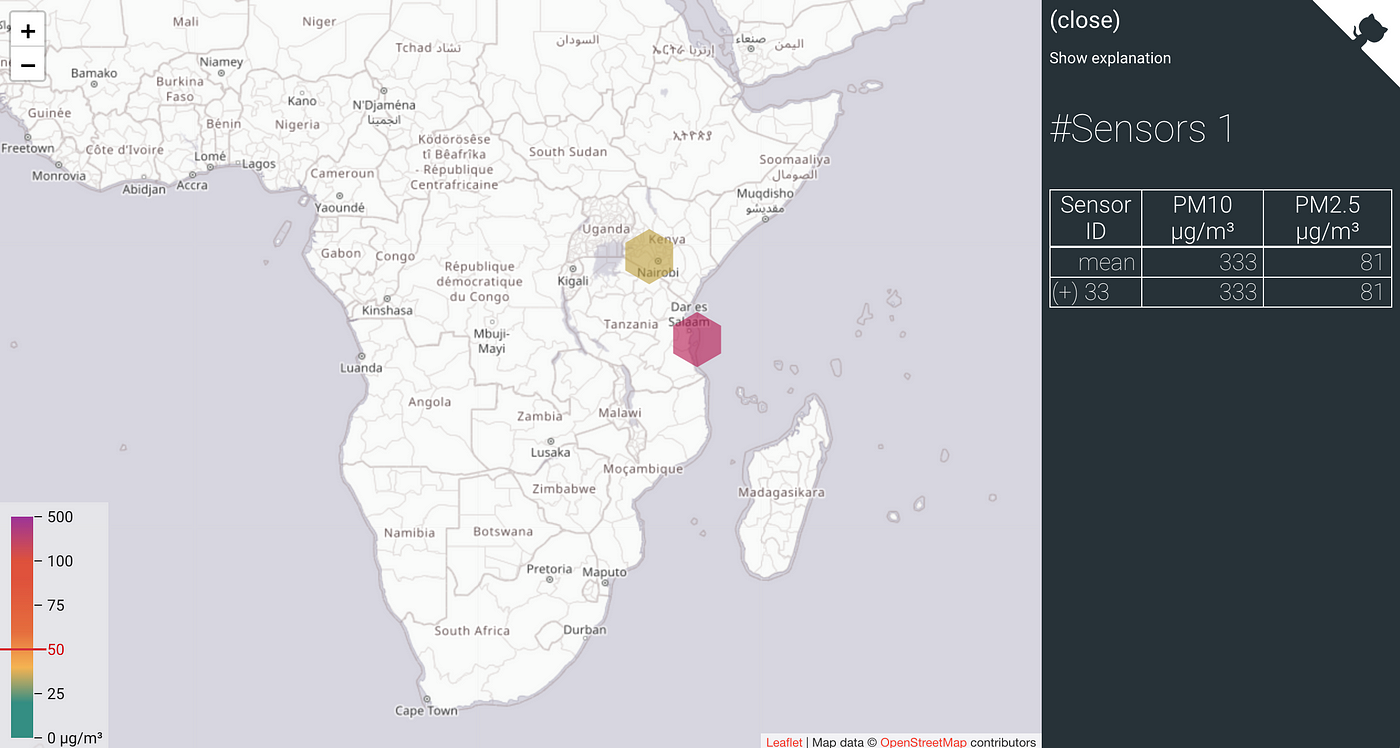
Code for Africa has made their own tweaks to Code for Germany’s infrastructure, for instance, they are using GSM (Global System for Mobile communication) instead of Wi-Fi to connect sensors to their online platform because most places in Africa lack a stable internet connection. Similarly, because many areas lack electricity, face regular power outages or only offer energy at a high cost, they have started using solar panels to power the sensors. These are features that Code for Africa has added to the existing infrastructure from Germany, and have contributed back to the Code for All library of knowledge.
Going forward, while organizations in Africa continue to implement their sensors and work within their communities, they will be able to share their findings with Code for Germany, and any other groups that are interested. With this, the conversation will switch from one way teaching and listening to a two-way exchange, where both groups can learn from each other while they grow on their own.
What’s on in Africa

Currently, Code for Africa has air quality sensors in six of Africa’s major cities: Nairobi, Dar es Salaam, Lagos, Durban, Cape Town, and Kampala.
Though the hardware (sensor) and core goal (empowering the public) are similar to that of Germany, Code for Africa is taking a different approach in getting the air quality project into their communities.
The strategy for both Open Data Durban and Code for Africa is to create active citizens through education. Along with this, their plan for spreading awareness around air quality is by going through local schools, community radio stations and by supporting data journalism (journalism that uses data to better explain or provide context to a story — typically involving the use of statistics, charts, or graphs).
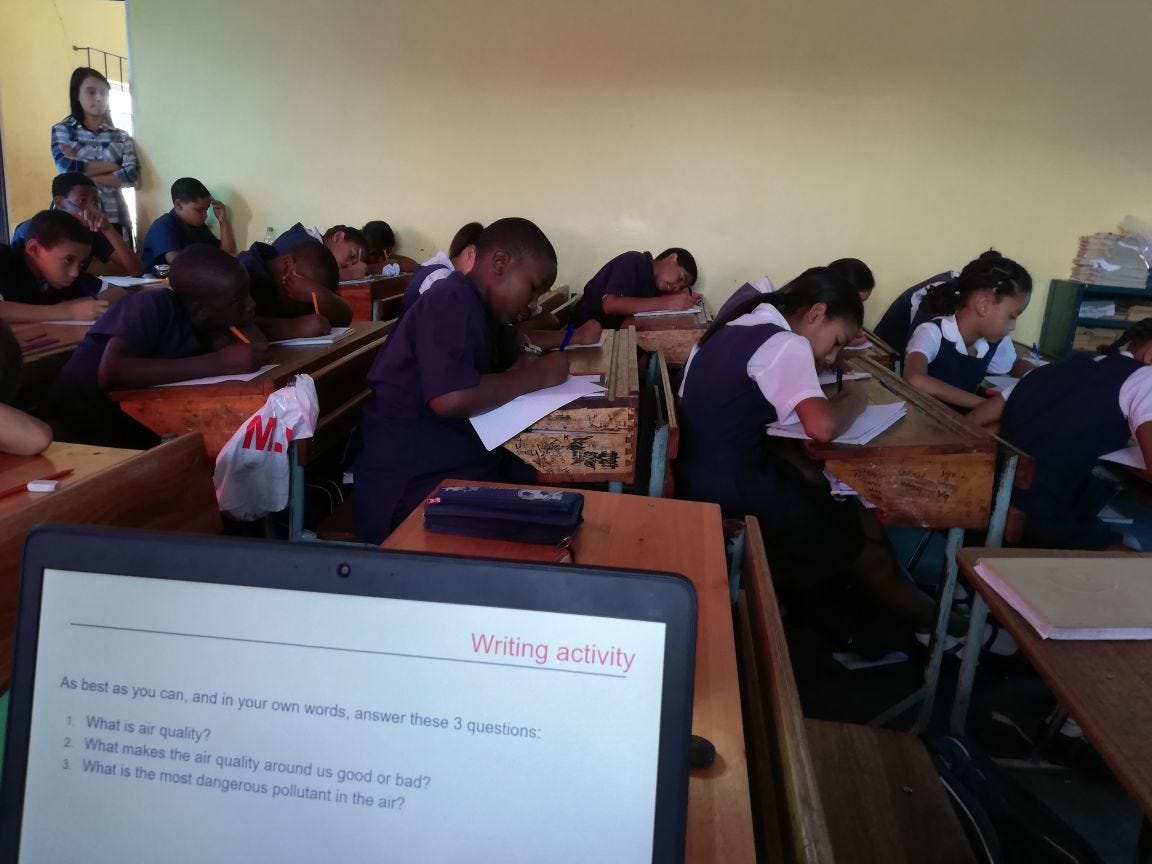
The air quality projects in Africa are largely centered around educating youth. The way this will happen is through citizen science clubs at local primary schools where sensors will be deployed and will gather data over time. Students in these citizen science clubs will then be able to explore, play with and analyze the data.
Sophie McManus from Open Data Durban has been developing the curriculum for these citizen science clubs in South Africa. She explains how sessions within these clubs are focused on teaching data journalism and advocacy to students, and because of this there is always a writing activity in each session as well as a data lesson.
Some of the major themes woven through the curriculum of the science clubs include: hyperlocal (focused on local community), social justice, health and climate change. When describing one of the science club sessions Sophie says, “we walked [students] through the process of gathering data within the classroom, and then they took that data and turned what they had found into easy-to-read bar graphs.” Sophie goes on to explain that at another session, “we had [students] looking at a lot of different graphs that show air quality data — they would then interpret, discuss and answer questions on the data.”
So far, Open Data Durban has completed a total of ten science club sessions (five sessions at two separate primary schools), and more collaborations with local schools are planned for the future.

Similarly, local African universities have also started deploying sensors, enabling students in fields such as Environmental Science and Engineering to look at the quality of the data, learn from it, and add their own contributions back to the technology.
While these programs are running in education, word about the sensors and the data that is collected will be reported to the community through a handful of creative channels.
One way is that community radio stations will start deploying sensors near their buildings. Code for Africa has already deployed sensors at one local radio station, where they made a live announcement and explained the project on air. As time goes on and more and more data is gathered in that location, Code for Africa will give on-air updates to the public about what they have learned about the local environment.
This is particularly impactful right now because air quality information in Africa is typically only discussed at the national level, so this helps link people to data at the local level.
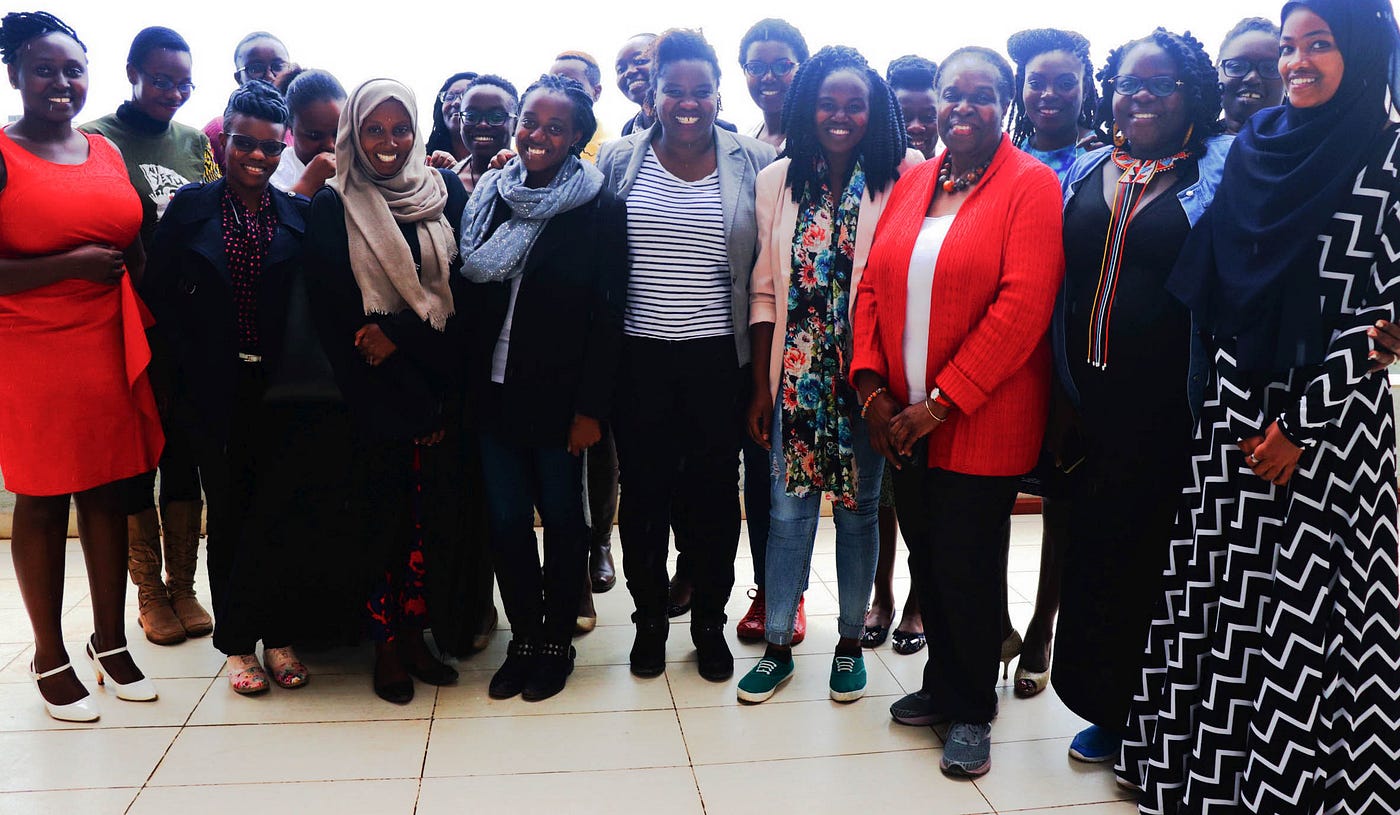
Along with this, Code for Kenya (a branch of Code for Africa) has started a network for female data journalists called WanaData. This Pan-African network connects journalists with researchers, data scientists and other helpful resources to help them use technology to create better stories.
The network has begun producing stories from data collected on air quality, the latest being an article written by Soila Kenya, which discusses how poor air quality can impact child development and offers solutions for what can be done to limit pollution.
Stellar Murumba, the network’s project manager, explains, “if [a journalist] has a story, they pitch it to us and we help connect them with our data team to work out what is the right data that they need and how to best visualize this data to bring out a powerful story that can impact policy.”
Journalists within this network will be following Code for Africa’s air quality data results over time and will report findings to the public through a wide range of news outlets. With this network as a resource, they will have support in transforming complicated data into visual maps, charts and images that are easy for the public to understand and learn from.
The future of our library
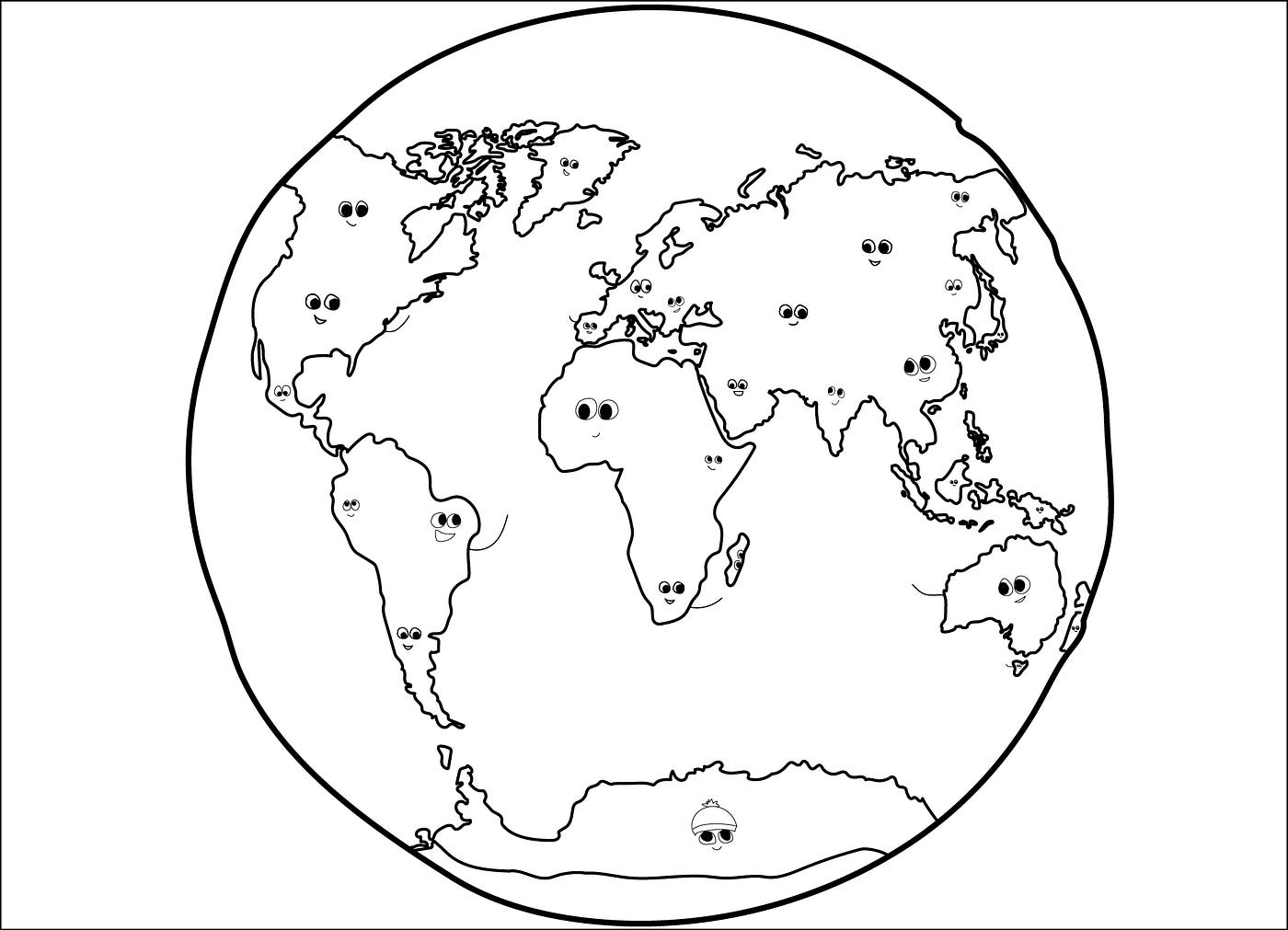
As Code for Africa writes its book on their experience working with air quality data, countless other groups across the globe are working on projects to improve their own communities. With the Code for All library available to them, their stories can also be used by civic tech organizations around the world in our united goal to improve how local governments work and get people more engaged.
Collaboration between Code for Germany and Code for Africa is one example of knowledge sharing within the Code for All network that has led to greater success with civic tech projects. As more communities start building up their own civic tech teams, creative experiments in local governance can be shared a lot faster. Whenever someone comes up with an idea for improving cities in one part of the world, someone from the other side of the world can see it and pick it up right away.
We keep building and building the library, and with that, Code for All becomes not only the place to go for civic tech, but an example of how humanity can work together across the globe.
